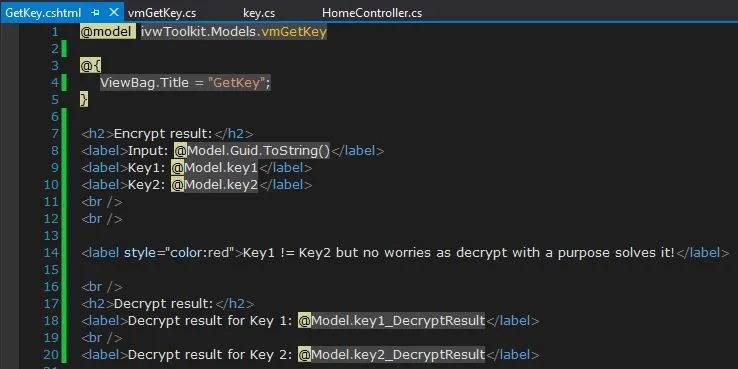我在我的Asp.net MVC应用程序中使用MachineKey.Protect()方法来加密通过查询字符串传递的id。
这是我用于加密/解密的代码:
public static string Encrypt(this string expression)
{
if (string.IsNullOrEmpty(expression))
return string.Empty;
byte[] stream = Encoding.Unicode.GetBytes(expression);
byte[] encodedValue = MachineKey.Protect(stream);
return HttpServerUtility.UrlTokenEncode(encodedValue);
}
public static string Decrypt(this string expression)
{
if (string.IsNullOrEmpty(expression))
return string.Empty;
byte[] stream = HttpServerUtility.UrlTokenDecode(expression);
byte[] decodedValue = MachineKey.Unprotect(stream);
return Encoding.Unicode.GetString(decodedValue);
}
这是我 web.config 文件中的 MachineKey 元素:
<system.web>
.
.
.
<machineKey validationKey="xxx" decryptionKey="xxx" validation="SHA1" decryption="AES" />
</system.web>
问题在于加密ID不是持久的。每次调用该方法,我都会得到一个新的加密表达式。如何使其持久化?
